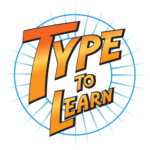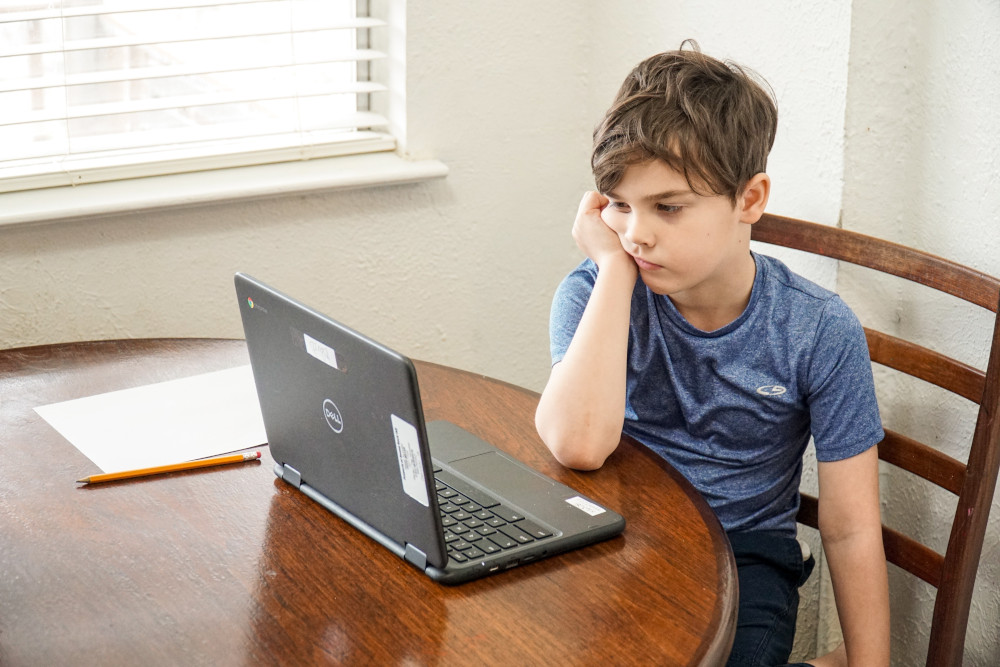Carly Fleishman is a remarkable woman. At a young age, she was diagnosed with autism, oral-motor apraxia and cognitive delay. For much of her early life she was unable to communicate through speech or writing. As a result, many assumed she lacked awareness and even intelligence. This couldn’t have been further from the truth. At 11-years-old, she stunned her family and therapists while in the midst of a therapy session. The young Fleishman jumped suddenly to her feet and ran to a nearby computer where she typed two words: “H-U-R-T” and “H-E-L-P.”
For the very first time she was able to directly communicate her needs to those around her. She had never been taught how to use a keyboard or even how to spell those two words. Typing is what unlocked Carly’s voice. All the thoughts and experiences she was unable to communicate through speech or writing came flooding through the keyboard. Today she is changing the narrative around autism and persons with special needs. She has written several books and is an online sensation and beloved leader in the autistic community.
For mentally struggling students, typing can be a game changer. It not only allows them to express themselves in new ways, but the process of learning and practicing typing skills improves motor functions and mental processing for students with a variety of learning disorders.
Educational typing programs have shown to be especially helpful for students who struggle with dyslexia, dysgraphia, dyspraxia, dyscalculia, processing disorders, and ADHD. Certain programs like Type to Learn have some especially helpful elements that can aid special needs students. While it cannot be prescribed as treatment, Type to Learn has been recommended by occupational therapists and other doctors to assist struggling students.
Here are 3 ways that Type to Learn, or other educational typing programs, may assist students with processing delays, hyperactivity and neurological disorders.
1. Help Develop Fine Motor Skills
Typing lessons place a great emphasis on ergonomics. This focus on correct posture and hand position is an excellent exercise for students who struggle with fine motor skills and processing deficits. Typing programs that have activities to build kinesthetic memory can aid students in developing these fine motor skills in their hands.
Type to Learn activities introduce letters two at a time, one for each hand, and reinforces each fingers’ motion with repetition. This isolation and repetition is especially useful for students with dyslexia and dysgraphia. By isolating a single finger motion and repeating it, the relationship between physical motion and mental intention increases. Each lesson starts with a review of the previous letters learned, teaches a new set of letters, and then allows the student to apply the new letters to their growing collection of letters learned. This pacing helps students to remember and empowers them to apply their new skills.
The visual elements of typing programs are especially helpful for students with neurological variants and slow processing speeds. Visual examples on the screen provide a constant model to show students what their hands should look like. eParent.com shared an experience with one of their students in an educational typing program:
“One 5th-grade student, Lila, has particular difficulty with fine motor skills. She is unable to curl her fingers to place them on the “home row” keys. Once she saw the game that shows a graphic of fingers on keys, she placed the straightened fingers of her right hand and began to “pop” the letter balloons on the screen. Although she will never be a fluent typist, her success rate has improved and she is determined to use the left hand in the same way.”
Type to Learn activities have 3D animated hands on a lettered reference keyboard to provide this guidance. It directs students as they make mistakes and provides hints and guidance about which side of the keyboard a letter is on. This feedback is immediate and specific to the student, which is particularly useful to students with special needs.
2. Reinforce Other Skills
Typing allows students to practice skills taught in all areas of their education. Repetition is the key element of a typing course. By typing the same words and sentences over and over, students are practicing spelling and vocabulary, creating familiarization as a byproduct of practicing their typing skills. Students with processing deficits benefit from concept correlation. As they type, they learn to link images to concepts. This can also assist students with dyscalculia and difficulty visualizing.
One of the most beneficial ways typing can benefit special needs students is the ability to transform thoughts into words. Many students with processing deficits or neurological disorders struggle to communicate their experiences. They often become frustrated because they cannot relay their needs to teachers and parents. Typing allows these students to communicate their thoughts at a much faster rate than handwriting.
Typing programs also provide students with examples of sentences and walk them through the process of communicating that concept through the keyboard. By going through the motions of imitating these thoughts in the keyboarding activity, students begin to learn how to perform this process for themselves and express their own thoughts.
Type to Learn is an interactive learning environment that caters the lessons to the students’ cognitive level. The program starts with a placement exam which determines where the student should start so they are most likely to succeed and progress at an optimal pace. Students at different levels are not forced to do more or less than they are capable of doing. Not surprisingly, special needs students benefit most from this format. Because they work at their own pace and at a level where they feel capable yet challenged, they find an optimal position for progress.
3. Provide Pride in Success
Students who struggle to read, write and focus often feel discouraged and lack the necessary motivation to complete their work. Almost all students are drawn to computer-based activities, and typing activities are one of the most accessible. By using a game-based format, Type to Learn places great emphasis on novelty and excitement in order to draw students into the activities. This element of fun motivates students who may be disinclined to learn and helps them find fulfillment and motivation throughout the typing lessons.
One of the most powerful tools you can give a struggling student is providing a task that they enjoy and will succeed in completing. They need to feel like success is attainable.
Students with ADHD and hyperactivity often have strained relationships with their teachers and school work because they struggle to complete activities and typically have poor handwriting. Learning to type in a game-based program can help them focus and enjoy their work, while their typing skills can be applied to other areas of their education. A common recommendation for hyperactive students is to have them type their school work instead of writing it. Once learned, typing is less frustrating, easier and faster than writing, resulting in neater assignments and a more positive reception from teachers.
Type to Learn, and other adaptive typing programs, meet the student at their level and allow them to progress at their own rate. This provides students with attainable goals and hopefully success. Special needs students can feel a lot of frustration in education. When done correctly, typing lessons can provide relief from this frustration, reminding the student they are smart and capable. In his blog, Collections of a Special EDucator, Beckett Haight says:
“…if the student with special needs could type without hunting and pecking the keys, that could bring them one step closer to having the skills to compete in the post-secondary education and work space. If we can give [special needs students] the physical skills to type their thoughts fluidly, that can be a big help and can help reduce anxiety.”
It has been seen that learning typing correlates to success and educational satisfaction in special needs students. If your child or student struggles with dyslexia, dysgraphia, dyscalculia, dyspraxia, auditory processing, language processing, ADHD, hyperactivity, processing deficits, a nonverbal learning disorder, or slow processing speeds, typing may be a great tool to unlock hidden potential. A typing program like Type to Learn could help your student to succeed in school, grow in language processing, and gain an important skill in the digital age.





